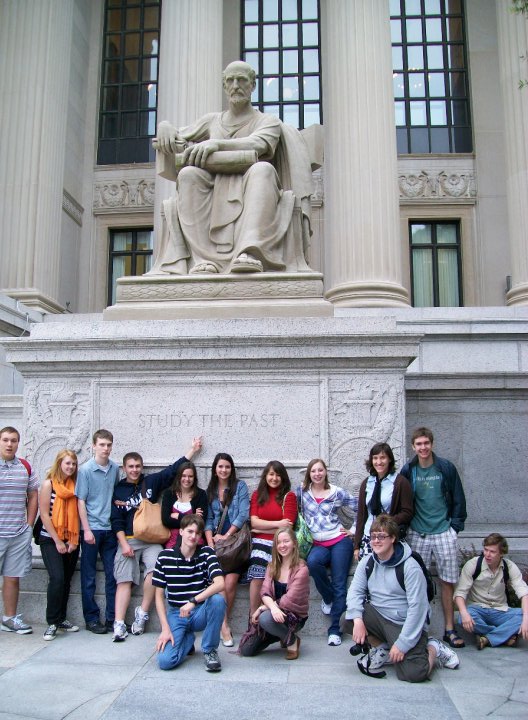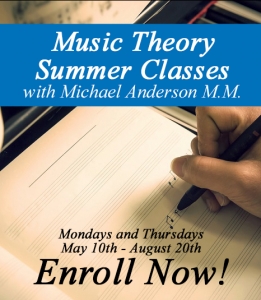 What is the Socratic Method? by Norris Archer Harrington
What is the Socratic Method? by Norris Archer Harrington
“Never before has there been such a great opportunity for parents seeking the best education for their children.” – Norris Archer Harrington
In recent years there has been an increased interest in the great books approach to education. Nowhere is this approach more realized than at schools such as St. John’s College and Thomas Aquinas College. As four year, great books programs, both of these schools focus exclusively on the original texts of the greatest writings in the history of the Western world. After reading these works, students and tutors engage in Socratic discussion groups so as to bring out the rich meaning to be found there.
Undoubtedly, there are many parents who desire for their children the traditional and classical education afforded by a great books approach who yet find themselves asking, “Just what is the Socratic Method, why should we use it, how does it work?” It is illustrative that by asking these very questions in order to understand the method, one actually initiates the method itself. To answer requires a brief discussion of Socrates, the Greek philosopher from whom the method takes its name. It is interesting to note that in any listing of great books, Socrates is never one of the authors listed. This is because Socrates never wrote a book. All of the written dialogues of Socrates we have today were written by his student, Plato.
 Socrates, despite the contrary claims of his contemporaries, insisted many times that he was not an authority regarding anything. Almost without exception, he held that he was simply trying to understand the essence of whatever issue or question was at that time being discussed. When a seemingly wise man would make a bold proclamation regarding love, virtue, justice, or some other philosophical consideration, Socrates would respond by asking a simple question. When Meno, in the dialogue that bears his name, asks Socrates, “Can virtue be taught?” Socrates asks, “Can you tell me what virtue is?” When Meno replies with a list of answers, Socrates notes that Meno has made something that was one into something that was many; not very illustrative. He asks Meno if there is a single, unified definition of virtue. Thus begins a friendly dialogue (not merely a technique), that discusses not only the essence of virtue in men, but also examines the very nature of knowledge and learning itself.
Socrates, despite the contrary claims of his contemporaries, insisted many times that he was not an authority regarding anything. Almost without exception, he held that he was simply trying to understand the essence of whatever issue or question was at that time being discussed. When a seemingly wise man would make a bold proclamation regarding love, virtue, justice, or some other philosophical consideration, Socrates would respond by asking a simple question. When Meno, in the dialogue that bears his name, asks Socrates, “Can virtue be taught?” Socrates asks, “Can you tell me what virtue is?” When Meno replies with a list of answers, Socrates notes that Meno has made something that was one into something that was many; not very illustrative. He asks Meno if there is a single, unified definition of virtue. Thus begins a friendly dialogue (not merely a technique), that discusses not only the essence of virtue in men, but also examines the very nature of knowledge and learning itself.
Thus, the Socratic Method is a conversation, a discussion, wherein two or more people assist one another in finding the answers to difficult questions. Why did Socrates proceed in this manner? Despite his many claims of ignorance Socrates understood better than those with whom he spoke that it was not enough simply to “learn” facts, to memorize lessons, or to parrot lectures. To know truly, to seek wisdom, one must work toward understanding. If the question “what” leads us to see what we do and do not know, then the question “why” leads us to understand our world in a more full and fundamental manner. If a student tells you that the square on the hypotenuse of a right triangle is equal to the squares on the two remaining sides taken together, he would, or course, be correct. But if you ask this student “why” this is so, would he be able to give you that answer? If he cannot, then he has memorized an “answer” that, while possessing certain utility, does not of itself provide understanding of causes. But if he gives any one of a number of reasoned explanations why the right triangle has the property described, then he demonstrates not only his understanding of causes, but also the ability to communicate that understanding to others.
Further, his understanding is greater to the degree that his account is the one that comes closest to the cause itself. The discussion method facilitates the student’s quest for understanding by requiring him to answer questions on his own, to ponder the validity of what others have said or written, and (not the least of which) to give reasoned support of his own opinion to the other students in the group. While the discussion method is a powerful tool, it is by no means the only activity by which people learn. There are three distinct activities by which learning takes place.
The first type of learning activity is to memorize material, and while memory skills are essential to learning, what one memorizes, one can also forget. The second activity is the development of intellectual skills such as adding, reading, and writing. The second method draws on the foundation of the first. For example, since one learns to read by reading, there are certain rules of phonics which are memorized that assist in the process.
 Development of these intellectual skills is best carried out the closer the ratio between the number of students and teachers approaches 1 to 1. Teaching a young child how to write a cursive “a” takes some time and attention. Teaching 24 to 30 children at the same time how to do the same task is simply not efficient. Accordingly, it becomes evident that homeschooling is ideally suited to these fundamental learning activities. It is important to remember, however, that these activities are each ordered to the third activity, that is, the activity of increasing understanding. The activity best suited to developing understanding is participation in a principled discussion among other students who challenge one another to think as they all search for truth together.
Development of these intellectual skills is best carried out the closer the ratio between the number of students and teachers approaches 1 to 1. Teaching a young child how to write a cursive “a” takes some time and attention. Teaching 24 to 30 children at the same time how to do the same task is simply not efficient. Accordingly, it becomes evident that homeschooling is ideally suited to these fundamental learning activities. It is important to remember, however, that these activities are each ordered to the third activity, that is, the activity of increasing understanding. The activity best suited to developing understanding is participation in a principled discussion among other students who challenge one another to think as they all search for truth together.
Man does not forget that which he understands, and when a man understands both the world he lives in and his true place in it, he is empowered with the ability to choose rightly for his own betterment and the betterment of those around him. Additionally, it is important to note that the activity of increasing understanding is not limited to the material world. The phrase “faith seeking understanding” acknowledges that even those things we know by the grace of religious faith are not contrary to reason, even if they happen to be above reason. Articles of faith are known by grace and divine revelation, yet one can increase understanding of much that is held by faith. This is possible because faith and reason are complementary, they go hand in hand. Even Jesus employed discussion to force his disciples to articulate what they held by faith when he asked, “But whom do you say that I am?” Through parables and returning question for question, Jesus engaged the minds, the reason, of those with whom he spoke.
It is a fact of human nature that a man often thinks he knows something until he is forced to articulate it. In other words, an indistinct “knowledge” of something – which is really little more than a feeling – reveals its true nature in the process of being brought into the light of discussion. The beauty of the process is that in finding the limit of our knowledge we not only discover where our ignorance ends, but also where our true knowledge begins.
It has been said here that homeschooling is ideal for the foundational learning activities of intellectual skill development. On the other hand, homeschooling parents will immediately encounter problems if they seek to have their children engage in serious discussion with other children reading the same works and learning at the same level. Even a large family with many children schooling at home cannot have everyone reading and discussing The Iliad or Democracy in America (to name only two) at the same time or at the same level of comprehension. The Socratic discussion requires the challenge of one’s peers in order to push the student to excel at his greatest intellectual capacity. How then are homeschooling parents to provide such an opportunity for their children? The answer is found in the rapidly increasing opportunities for “distance learning” made possible by the Internet.
Seemingly overnight the Internet has had an unprecedented impact on the culture of the entire world. People who find themselves on opposite sides of the Earth can now communicate instantaneously using personal computers which become less expensive almost daily. Whether people are buying books online, “chatting” with others with their keyboards, sending e-mail, or conducting live conferencing with sound, everyday the Internet is effectively removing the need to be near someone in order to engage them in a wide range of activities. It is now possible to create Internet classrooms that allow students from all over the world to speak to one another with live audio. This is the natural solution for homeschool families seeking a Socratic discussion opportunity, and as the technology develops, the ability to see, hear, and speak to many individuals around the world – all at the same time and all in the same virtual “room” – will become commonplace.





